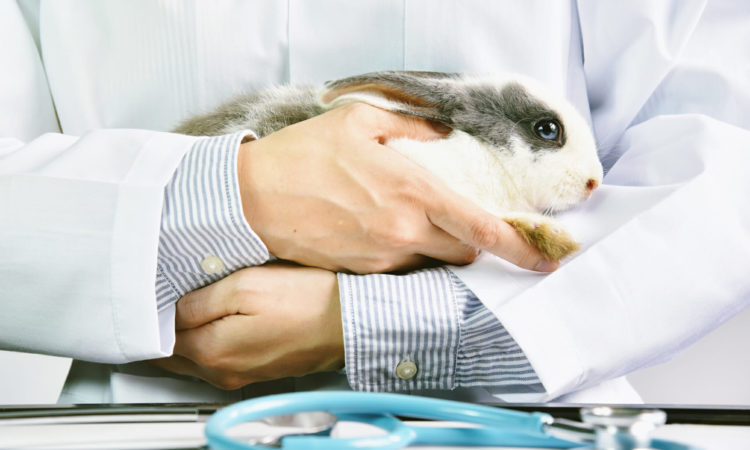Poor dental health is a very common, yet often overlooked issue for cats. Rotten teeth can be extremely painful, as well as can lead to a large variety of other illnesses and infections. If you notice your cat has particularly bad breath, doesn’t want to eat, stops chewing its food, etc., it is crucial to have a veterinarian do a dental exam to determine if your cat requires a dental cleaning or to have any teeth extracted.
What is involved in a dental cleaning procedure?
A dental cleaning for pets is treated as a surgical procedure. In order to get full access to the entire mouth while keeping ourselves safe from bites, we put the cat under general anesthesia. Once they are under, we scale the tartar off of all of the teeth and then polish the teeth to help prevent more tartar from building up in the near future. Depending on the state of the teeth, some may need to be x-rayed and/or removed. The length of this procedure can greatly vary by the cat.
What are signs of dental problems in cats?
Symptoms of dental disease include bad breath, not eating, and drooling. Poor dental and gum health can cause a lot of pain for your cat, so if they seem to be avoiding hard kibble and going for wet food, or they are swallowing kibble whole, you may want to consider bringing them in for a dental examination by a veterinarian.
Are some breeds more susceptible than others?
Abyssinians, Oriental breeds, and Persians have a higher tendency for dental disease, however, all cats can be affected. It is much less common for cat owners to brush their teeth compared to dog owners, so most cats will have excessive tartar buildup and inflammation of the gums as they get older. Diet can also affect the teeth, in that if they only eat wet canned food, there is nothing present to scrape some of the tartar off of their teeth. Regular hard kibble can help somewhat with this, however, dental-specific diets work the best.
What is feline tooth resorption?
Feline tooth resorption is a dental disease that causes the root of the cat’s tooth to die and the tooth to start breaking itself down, usually close to the gum line. It is extremely painful for the cat, and the only way to treat the problem is to remove the affected tooth or teeth.




